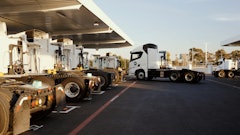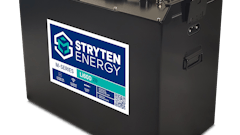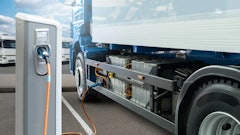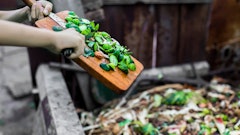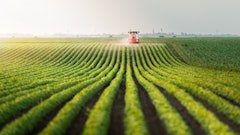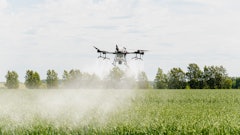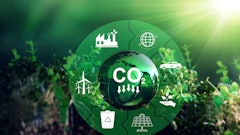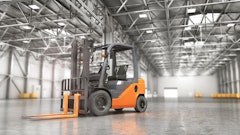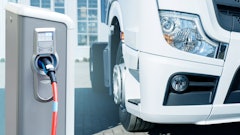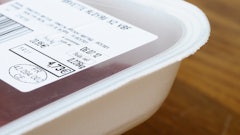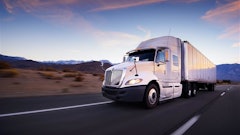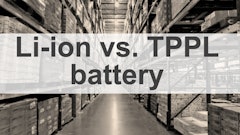One of the world's largest brewers of beer, MillerCoors, has made water conservation its main sustainability goal. This article from the Milwaukee Journal Sentinel gives more details on what is driving the Brewery's long-term sustainability goals.
Crack open a beer and what ripples out is 95% water.
Water quality determines taste. Water is why beer ads tend to mythologize springs, glaciers and aquifers. It's why the MillerCoors brewery in Milwaukee ranks as the biggest user of water in the metro region.
Yet the vast preponderance of water that creates a cold one isn't added at the brewery. Rather, it irrigates the fields that produce beer's next most critical ingredient: barley.
Today, MillerCoors, along with others in the water-intensive brewing industry, is confirming what scientists and environmentalists already figured out: The golden age of cheap, seemingly limitless supplies of fresh water is at an end, even in the world's most developed nations.
"No water, no beer," says Kim Marotta, who oversees water policies at MillerCoors.
An internal inventory following the 2008 joint venture that combined the U.S. operations of SAB Miller and Molson Coors revealed that three of the venture's eight major U.S. breweries — those in central Texas, southern California and the flagship Coors facility in Colorado — rely on water sources that were already at risk of being overstretched.
The internal audit didn't stop at the breweries. It also found that many of the barley farmers who supply MillerCoors operate in water-stressed regions of Colorado, Montana, Idaho and Wyoming.
"Barley is to beer as grapes is to wine," Marotta said.
So almost overnight, MillerCoors began implementing water conservation strategies at its breweries — not just those deemed most vulnerable, but even in water-abundant Milwaukee. It added valves, sensors and systems that reduce water use. It reorganized workers into "sustainability councils," joined forces with nonprofits like the Nature Conservancy, and moved to the front lines of the conservation crusade.
Also, because the non-water 5% of a beer — basically, the barley and hops — requires torrentially more water to grow and malt than what's added at the brewery, the brewer became enmeshed in agriculture and crop irrigation methods.
All told, it takes 300 barrels of water on average to produce a single barrel of beer, with only three or four of those barrels added at a modern, efficient brewery.
The growing and malting of barley thrust Marotta's water sustainability teams into the heart of the most serious water issue that confronts just about any economy: Agriculture guzzles far more fresh water than all homes, industries, swimming pools and golf courses combined.
Due to inefficient irrigation, like the jumbo center-pivot systems that douse indiscriminately in circular patterns and pump heavily from underground aquifers, agriculture is often the biggest waster of water as well. For many water activists, Exhibit A is the eight-state Ogallala aquifer that irrigates Nebraska, Kansas, Oklahoma and much of the nation's breadbasket. The Ogallala has been falling faster than it recharges for decades.
To read more, click HERE.





